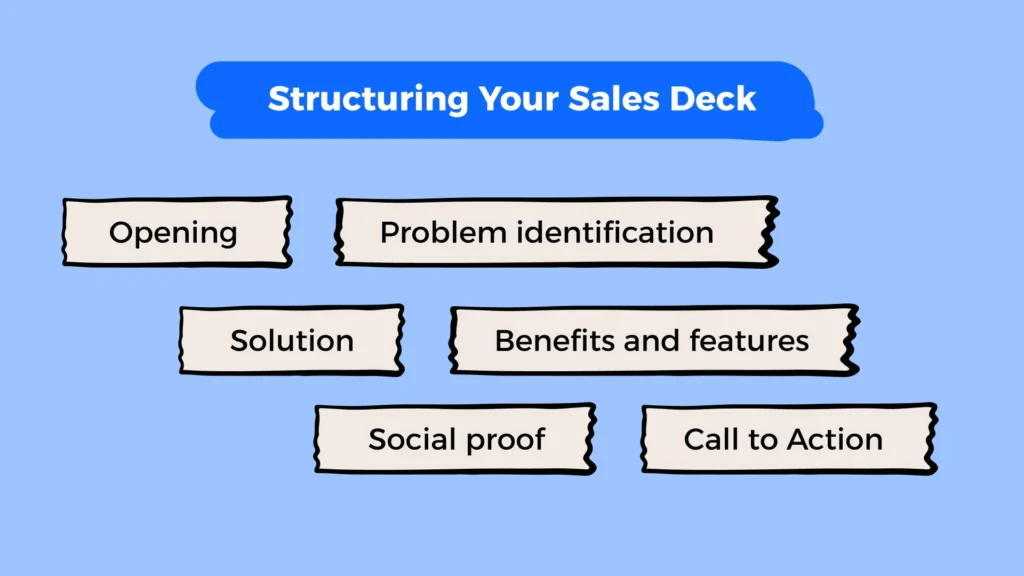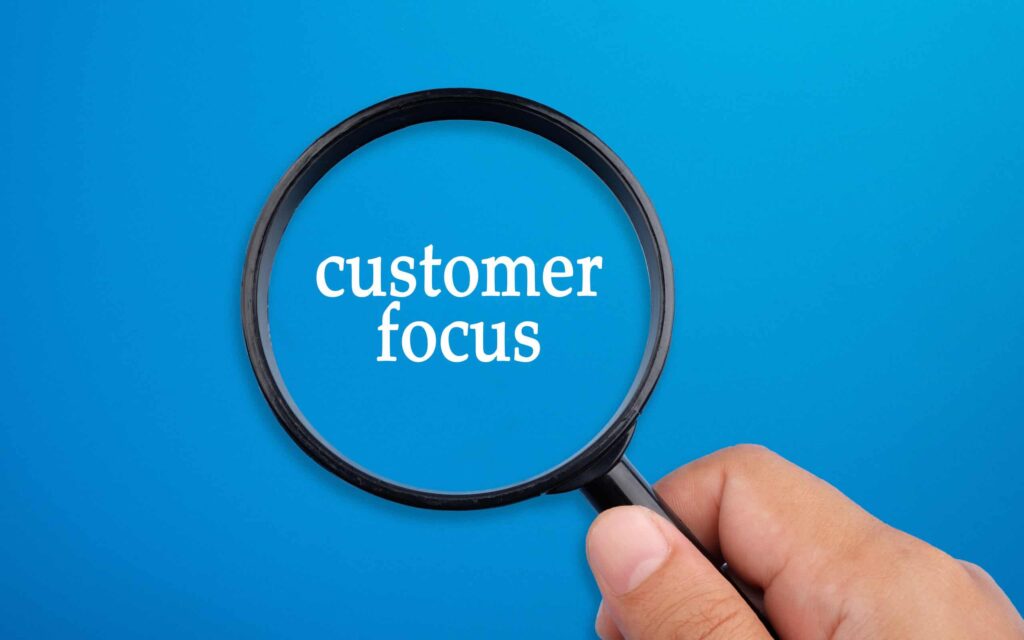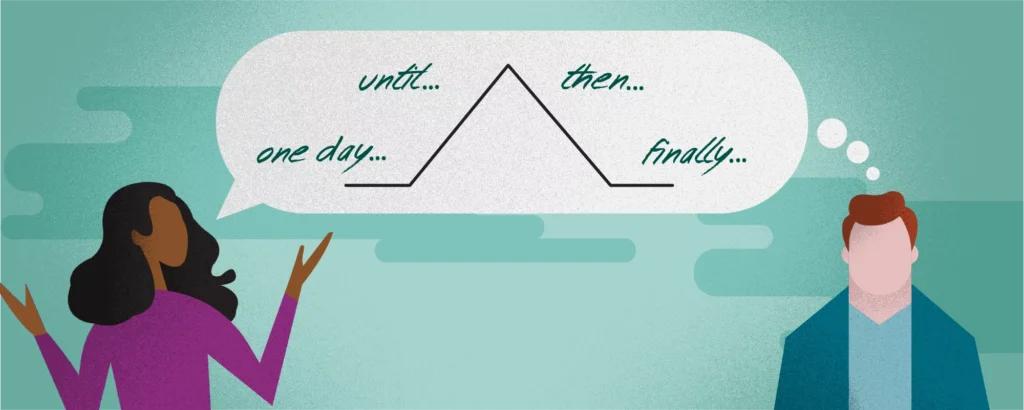Regarding sales, your deck can make or break the deal. The days of generic, company-centric sales decks are behind us. Today, if you want to win over prospects, your deck needs to focus squarely on the customer. In this guide, we’ll explore how to create a customer-focused sales deck that grabs attention and converts.
Understanding the Importance of a Sales Deck

A sales deck is often the first impression a prospect gets of your company’s offering, and as the old saying goes, first impressions last. If your deck is just a one-way pitch about your products, you’re missing out on connecting with your audience meaningfully. Let’s dive into why the sales deck matters so much in modern selling.
What is a Sales Deck?
A sales deck is a visual presentation that helps guide prospects through your pitch. It typically highlights vital aspects of your solution, like your products or services, how they solve problems, and why your company is the best choice. However, simply listing these things isn’t enough anymore.
Why Customer Focus is Crucial

People don’t want to hear about how amazing your company is—they want to know how you can help them. A customer-focused sales deck shifts the focus from what you offer to what the customer needs. It spotlights their pain points, challenges, and desired outcomes, making your deck relevant and compelling.
Traditional vs. Customer-Focused Approach
Traditional sales decks often centre around a company’s products, achievements, and team. While these elements matter, they miss the mark if they aren’t connected to what the customer cares about. A customer-focused sales deck flips the script. Instead of starting with your company’s accolades, you begin by addressing the customer’s challenges and goals, making the deck feel more personalised.
Steps to Build a Customer-Focused Sales Deck
How do you create a sales deck that speaks directly to your customer? It’s all about strategy, research, and storytelling. Let’s break it down into clear, actionable steps.
Know Your Audience

Before you start putting together slides, you need to know who you’re speaking to. This doesn’t just mean knowing their name and company; you need to dig deep.
Research the Prospect’s Pain Points
Your prospect has specific challenges they are looking to solve. You should know what keeps them up at night. Is it inefficiency, high costs, or slow growth? By addressing these pain points in your deck, you instantly show that you understand their world.
Understand Their Goals
Beyond pain points, your deck should align with what the customer hopes to achieve. Whether it’s increasing revenue, streamlining operations, or gaining a competitive edge, you must clearly outline how your solution helps them hit their targets.
Crafting a Clear Value Proposition

Now that you understand your customer, it’s time to communicate why your solution is the perfect fit. This is where your value proposition comes into play.
Benefits over Features
One of the biggest things salespeople need to improve is focusing on features. Features are great, but what matters to the customer is how they benefit them. Ensure every slide highlights the specific benefits the customer will gain from your solution.
Highlight the ROI
Customers always ask, “What’s in it for me?” The answer is usually found in ROI. Show them the return on investment they can expect from using your solution—whether it’s saving time, reducing costs, or boosting revenue. The more specific, the better.
Storytelling in Sales Decks

Humans are hardwired to connect with stories. If you want your sales deck to resonate, you need to tell a compelling story—one where the customer is the hero, and your solution is the guide to helping them overcome their obstacles.
Building a Narrative That Resonates
Your deck should follow a clear narrative structure. Start by introducing the customer’s challenge, then build suspense by highlighting the risks of not addressing the problem. Finally, present your solution as the story’s hero that saves the day.
Using Data and Success Stories
People trust data. Use case studies, testimonials, and complex numbers to support your claims. Showing how similar customers succeeded through your solution builds credibility and confidence in your offering.
Design Principles for a Winning Deck
Design matters. No matter how good the content is, a cluttered, text-heavy deck will overwhelm and disengage your audience. Here are some essential design tips to keep your deck clean and compelling.
Keep It Simple and Visual

Less is more. Use images, infographics, and minimal text to convey your message quickly. Visuals help make your deck more engaging and more digestible.
Align Design with Brand
Ensure that your deck’s design aligns with your company’s branding. Consistency in colour schemes, fonts, and logos helps reinforce your brand identity and makes your deck look professional.
Best Practices for Presenting Your Sales Deck
Even the best sales deck can fall flat if not presented effectively. How you deliver the content is just as important as the content itself.
Engage, Don’t Just Present
Instead of reading from the slides, use your deck as a guide. Ask questions, encourage interaction, and keep the conversation flowing. This will turn the presentation into a two-way dialogue instead of a one-sided pitch.
Personalise the Experience

Tailor your deck and delivery based on the audience in front of you. Highlight the points that matter most to them, and be flexible enough to adjust your approach based on their responses and interests.
Follow Up After the Presentation
Once the presentation is over, don’t let the conversation die. Follow up with a personalised email, share additional resources, and offer to answer any lingering questions. This keeps the momentum going and shows your commitment to their success.
Conclusion
A customer-focused sales deck isn’t just about showcasing what you offer; it’s about making your prospect feel understood and valued. By effectively focusing on their needs, telling a compelling story, and using design, you can create a deck that informs and inspires action. The next time you build a sales deck, remember: it’s not about you—it’s about them.












